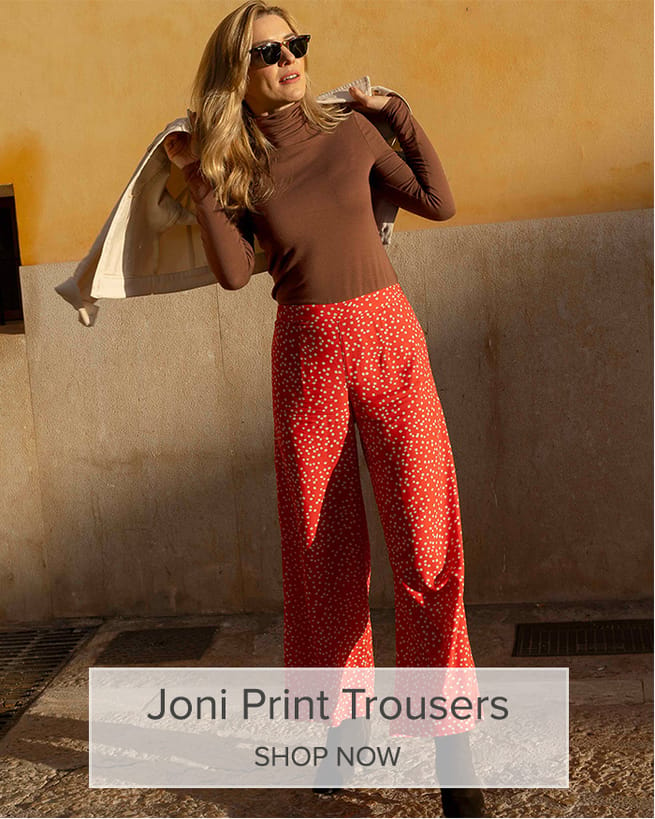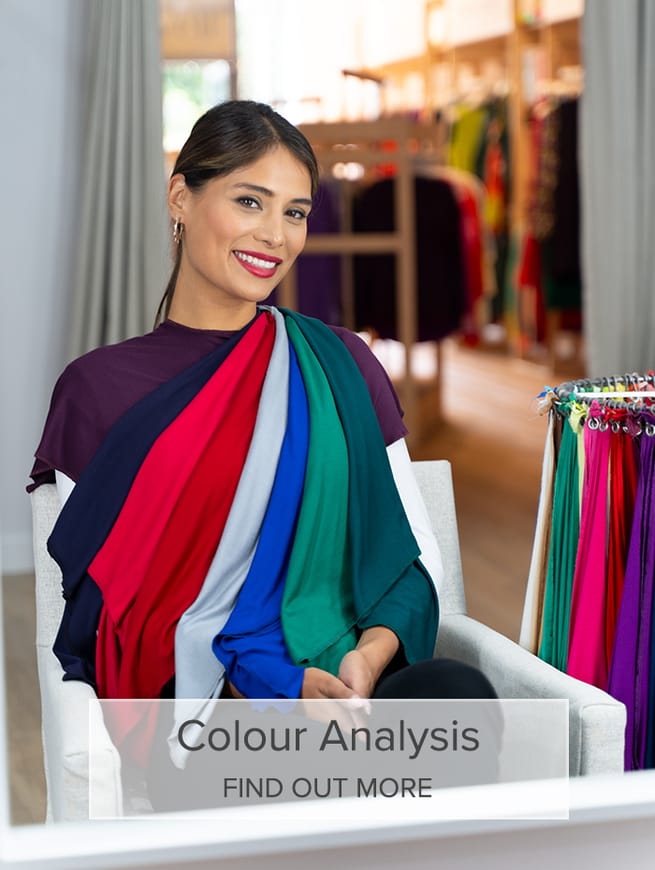The Different Types of Springs


The Spring palette is warm, light, bright and fresh, containing everything from almost-autumnal Corn Yellow to crisp Bright Navy and palest Peachy Pink. Knowing your seasonal sub-type means knowing which colours from your wider palette will best work for you, and give you guidance on the best way for you to combine colours to feel your most authentic, confident self.
Let’s explore the sub-types within the Spring palette, and discover how knowing your sub-type can open up even more amazing colours for you.
Do remember that your seasonal type is a guide. It doesn’t mean you can’t ever go near colours from other areas of the Spring palette, just that this particular area is the very best part for your own skin tone and contrast level. Remember that all of the colours within your wider seasonal palette will also work for you, and will harmonise with your very best sub-type colours.
True Spring

This is the classic Spring palette. The True Spring palette has an even balance of Spring’s warm, bright and light characteristics.
True Springs often (although not always!) have a classic warm, bright and light look - they can have warm hair which is generally light for their ethnicity, bright blue eyes, and their skintone has a real glow about it when harmonised with their best colours. Skintone can be deeper (especially in non-white skintones), but there is still an overall feeling of lightness, warmth and brightness to their look.
Because True Spring sites right in the middle of the Spring palette - there is no ‘leaning’ towards any of the other three seasons, by being deeper, brighter, warmer or cooler - the best colours for True Springs really are, very simply, the colours of the Spring palette! Cheating on the palette by shopping from colours in another palette is never going to work as well for True Springs as one of the other types of Springs, who can push into their neighbouring season. The flip side is that these Springs look the best in the widest range of Spring colours, as they really do sit bang in the middle of this palette. This means that it isn’t often helpful to add a tonal direction to the shopping filter on the Shop by Colour page, as adding in colours from other seasons rarely helps.
True Springs still have their own very best core of colours though. They are, unsurprisingly, the most definitively Spring colours. They can be any shade, from yellow and green through to blue, red and neutrals, but they share that equal balance of warmth, lightness and brightness that True Springs also hold.
When it comes to colour combining, these Springs often do colour blocking incredibly well - either pairing a neutral and a bright, or two or more brights within an outfit. If an outfits feel a little flat, adding in some more contrast between colours or levels of light and dark within your outfit can make it feel more springlike.
As a side note - if you have been given the designation of ‘Paintbox Spring’ under the House of Colour system, it’s very likely that this is the best part of the Spring palette for you.
Warm Spring
Also known as a Golden Spring, the most noticeable characteristic of Warm Springs is the warmth in their skin, hair and eye colour, although they still retain those key light and bright traits too.
Warm Springs often (again, not always) have a noticeable warmth to their hair, either very golden to strawberry or bright red, through to the warmest browns. Eye colour is often green, turquoise-blue or light hazel, and whatever their skin colour, they have a real golden warmth to their skintone when wearing the right colours.
Warm Spring falls at the very warmest, most yellow toned end of the Spring palette, and if you viewed all four seasonal palettes as one continuous spectrum of colour, then Warm Spring’s colours would fall nearer to Autumn than to Winter or Summer.
Warm Spring’s best colours are usually warm greens, yellows, orangey reds, very peachy (yellowed) pinks and every shade of brown from dark tan to palest beige.
While most Springs suit contrast when combining colours, Warm Spring's tendency to sit towards the Autumn end of the Spring palette can mean that they prefer a slightly more tonal look, so if the bold, bright contrast of Spring feels a little much, wearing colours in a more layered, tonal way can feel more put together.
The dominant tonal direction for this seasonal sub-type is Warm, so you can visit Shop by Colour and filter for the Warm dominant tonal direction for more colours (if you want to read more about how tonal directions relate to seasons, this post is a great starting point).
Bright Spring

Also known as a Blue Spring or Clear Spring, the most dominant characteristic of Bright Springs is the clarity and brightness of their look, more than the warmth or lightness of Spring (which they also hold, but to a lesser degree).
Bright Springs very often look like they might be Winters, with a barely-warm and -light appearance (although they still hold Spring’s traits of warmth and lightness to some degree). Hair is often darker than most Springs, and there is almost always high contrast between the skin, hair and eye colour.
Bright Spring falls at the coolest, least yellow toned end of the Spring palette, and if you viewed all four seasons as one continuous spectrum of colour, then Bright Spring’s colours would fall nearer to Winter than Summer or Autumn.
Bright Spring’s best colours are usually clear, bright blues, sharp yellows, almost-neon pinks, and true reds.
You will almost certainly look your best with a good degree of contrast within your outfit - mix light and dark tones, as well as unexpected colour combinations, for a high contrast look that will highlight the contrast and brightness within your own features.
The dominant tonal direction for this seasonal sub-type is Clear, so you can visit Shop by Colour and filter for the Clear dominant tonal direction for more colours which you might love (if you want to read more about how tonal directions relate to seasons, this post is a great starting point).
Light Spring

Also known as a Pastel or Light Blue Spring, the most dominant characteristic of these Springs is the lightness of their look. They still retain Spring’s warmth and brightness, but lightness is the most predominant trait.
Light Springs often look like they might be Summers, with ash blonde hair, blue eyes, and a porcelain complexion. They can have a range of skin tones, but are usually fair for their ethnicity, with relatively light hair and eyes.
Similarly to Bright Springs, Light Springs also sit at the less warm end of their palette, but this time if you were to view all four seasons as a continuous spectrum of colour, instead of sitting towards the cool Winter palette, Light Springs sit towards the cool, light and soft Summer palette. This means that although all of Light Spring’s colours have at least some degree of warmth (yellowness), they are beginning to acquire the lightness and softness of Summer.
Light Spring’s best colours feature plenty of tints (colours with white added, which makes them lighter and fresher). Dove Grey is often the best neutral, and pale pinks, mint greens and light aquas are the best colours.
Since colour combining is very often about reflecting our own features, Light Springs may well find that sticking to a lighter, softer, more tonal look, with maybe just a dash of a particularly light or dark or bright colour, works better than going all out with light to dark and bright to neutral contrast throughout an outfit.
The dominant tonal direction for this seasonal sub-type is Light, so you can visit Shop by Colour and filter for the Light dominant tonal direction for more colours which you might love (if you want to read more about how tonal directions relate to seasons, this post is a great starting point).
About Kettlewell
Kettlewell is a British fashion brand dedicated to making it effortless for people to wear their best colours. Founded over 20 years ago near Chard, Somerset, it has grown from a small collection of seasonal T-shirts into the UK’s leading online colour retailer, offering over 300 carefully curated shades across a range of versatile styles. With a focus on confidence-boosting colour and timeless everyday fashion, Kettlewell helps people create wardrobes that bring them joy.




